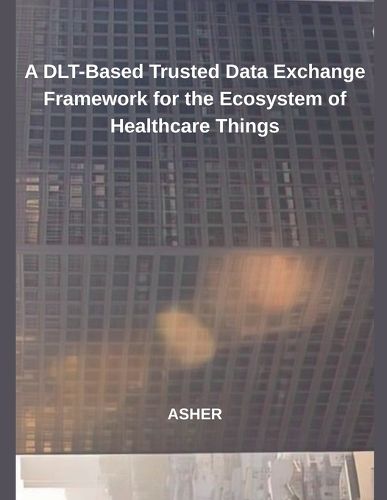Readings Newsletter
Become a Readings Member to make your shopping experience even easier.
Sign in or sign up for free!
You’re not far away from qualifying for FREE standard shipping within Australia
You’ve qualified for FREE standard shipping within Australia
The cart is loading…






This title is printed to order. This book may have been self-published. If so, we cannot guarantee the quality of the content. In the main most books will have gone through the editing process however some may not. We therefore suggest that you be aware of this before ordering this book. If in doubt check either the author or publisher’s details as we are unable to accept any returns unless they are faulty. Please contact us if you have any questions.
The IoT has emerged as a transformative technology, revolutionizing various sectors by connecting physical objects to the internet, enabling them to collect and exchange data. This interconnected network of devices, sensors, and other gadgets has the potential to reshape industries, enhance efficiency, and improve our daily lives. At its core, the IoT operates on the principle of connectivity, allowing devices to communicate and interact seamlessly. These devices can range from simple household appliances like thermostats and refrigerators to complex industrial machinery and infrastructure systems. By em- bedding sensors and actuators into these objects, IoT enables them to gather real-time data, process information, and even make autonomous decisions. One of the best things about IoT is that it can make places smarter. IoT systems can improve resource use, predict maintenance needs, and make processes more efficient by collecting and analyzing data. For example, in smart healthcare, IoT devices such as wearable sensors and medical implants can continuously monitor patients' vital signs, allowing healthcare providers to remotely track their health status in real-time. This enables early detection of potential health issues and facilitates timely interventions, reducing the need for frequent hospital visits and improving patient outcomes (Ji et al. 2019).
$9.00 standard shipping within Australia
FREE standard shipping within Australia for orders over $100.00
Express & International shipping calculated at checkout
This title is printed to order. This book may have been self-published. If so, we cannot guarantee the quality of the content. In the main most books will have gone through the editing process however some may not. We therefore suggest that you be aware of this before ordering this book. If in doubt check either the author or publisher’s details as we are unable to accept any returns unless they are faulty. Please contact us if you have any questions.
The IoT has emerged as a transformative technology, revolutionizing various sectors by connecting physical objects to the internet, enabling them to collect and exchange data. This interconnected network of devices, sensors, and other gadgets has the potential to reshape industries, enhance efficiency, and improve our daily lives. At its core, the IoT operates on the principle of connectivity, allowing devices to communicate and interact seamlessly. These devices can range from simple household appliances like thermostats and refrigerators to complex industrial machinery and infrastructure systems. By em- bedding sensors and actuators into these objects, IoT enables them to gather real-time data, process information, and even make autonomous decisions. One of the best things about IoT is that it can make places smarter. IoT systems can improve resource use, predict maintenance needs, and make processes more efficient by collecting and analyzing data. For example, in smart healthcare, IoT devices such as wearable sensors and medical implants can continuously monitor patients' vital signs, allowing healthcare providers to remotely track their health status in real-time. This enables early detection of potential health issues and facilitates timely interventions, reducing the need for frequent hospital visits and improving patient outcomes (Ji et al. 2019).